Industry - 1 Class 4 Worksheet SST
Q1: Complete the Sentences.
(i) Manufacturing is the process of turning one type of _______ into another useful item or resource.
Ans: Resource
(ii) Sugarcane is an input for ______.
Ans: sugar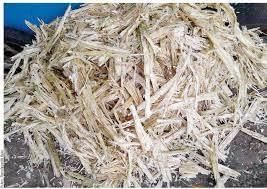 The fibrous residue left after the juice is extracted is used as fuel in sugar factories as well as in the making of paper, cardboard, fiber board, and wall board.
The fibrous residue left after the juice is extracted is used as fuel in sugar factories as well as in the making of paper, cardboard, fiber board, and wall board.
(iii) The processing of one form of resource(s) in another form of useful item(s) is called ______.
Ans: manufacturing
Manufacturing is the process of turning raw materials or parts into finished goods through the use of tools, human labor, machinery, and chemical processing.
Q2: True or False.
(i) Handicrafts, handlooms are Large scale industries.
Ans: False
Handlooms and Handicrafts may be named among skills or occupations of non-farm sector of rural areas.
(ii) Agro-based industries reduce post-harvest losses by processing perishable goods into durable products.
Ans: True
Agro-based industries process perishable agricultural goods, like fruits and milk, into durable products such as juices and dairy items. This reduces post-harvest losses by extending the usability and shelf life of these goods.
(iii) Proper infrastructure is hardly needed for the industrial growth of the country.
Ans: False
Well designed infrastructure facilitates economies of scale, reduces costs of trade, and is thus central to specialization and the efficient production and consumption of goods and services.
Q3: Tick the correct word.
(i) Infrastructure like ______ and transportation is essential for industries. (Energy, Handicrafts)
Ans: Energy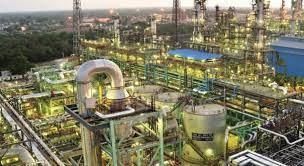
(ii) Agro-based industries have input of ______ products. (Agricultural, any material)
Ans: Agricultural
The agro-based industry includes industries related to textiles, sugar, paper and vegetable oil. These industries use agricultural products as their raw materials. Textile industry is the largest industry in the organized sector.
(iii) The chemical industry relies on ______ materials like sulfur and limestone. (Mineral, Agricultural)
Ans: Mineral
Q4: Fill in the blanks.
(i) Natural resources are changed to ______________ products in industries.
Ans: Industrial
Industries take raw materials or natural resources and process them to create various finished products. This transformation of raw materials into finished goods occurs in industrial processes.
(ii) Cottage industries are very small ______________ units normally run from home.
Ans: Manufacturing
Cottage industries refer to small-scale manufacturing units that are usually operated from homes or small workshops. They involve simple tools and limited production, often involving handcrafting.
(iii) ______________ require simple machines and few workers.
Ans: Cottage industries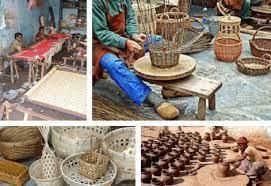 Cottage industries are characterized by their simplicity and small-scale nature. They use basic tools and equipment and usually employ a small number of workers.
Cottage industries are characterized by their simplicity and small-scale nature. They use basic tools and equipment and usually employ a small number of workers.
(iv) ______________ require a large amount of money, big machines and skilled workers.
Ans: Large-scale industries
Large-scale industries are characterized by extensive production capacity, advanced machinery, and a significant workforce. They require substantial investment, modern machinery, and skilled labor for efficient production.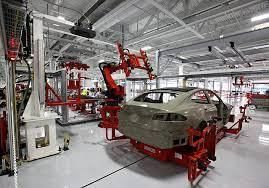
(v) Soap production is an example of ______________ industry.
Ans: Manufacturing
Soap production involves the transformation of raw materials (such as fats or oils) into a finished product (soap) through manufacturing processes. Therefore, it is categorized as a manufacturing industry.
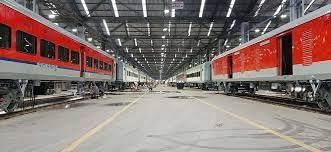
Q5: Answer in one / two sentences.
(i) Name any two products of cottage industry which you use in daily life?
Ans: The most important cottage industry centres on the production of yarn and textile fabrics—mostly coarse and medium-quality fabrics.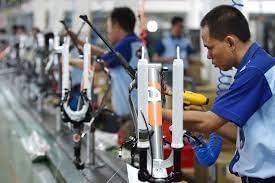
(ii) Name any two mineral-based industries which you use in your daily life.
Ans: Examples of mineral based industries – iron and steel, cement we use in our daily life.
(iii) What is infrastructure?
Ans: Infrastructure is the general term for the basic physical systems of a business, region, or nation. Examples of infrastructure include transportation systems, communication networks, sewage, water, and electric systems.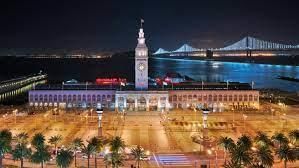
(iv) What is an output
Ans: Output is the amount of something that is produced by a person or thing. Something (such as power, energy, or information) that is produced by a machine or system.
(v) How large scale industries different than small scale industries?
Ans: Small scale industry is an industrial undertaking in which there is a definite capital investment in its plant and machinery. Large scale industry encompasses big industrial units whose investment in their plant and machinery is beyond the limit specified by the Government.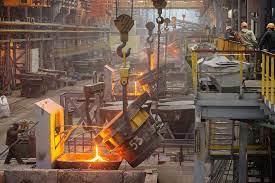
|
49 videos|177 docs|46 tests
|
FAQs on Industry - 1 Class 4 Worksheet SST
| 1. What are the main types of industries that Class 4 students should know about? |  |
| 2. How can students learn more about different industries? |  |
| 3. Why are industries important for our economy? |  |
| 4. What role do industries play in the community? |  |
| 5. How do industries affect the environment? |  |





















